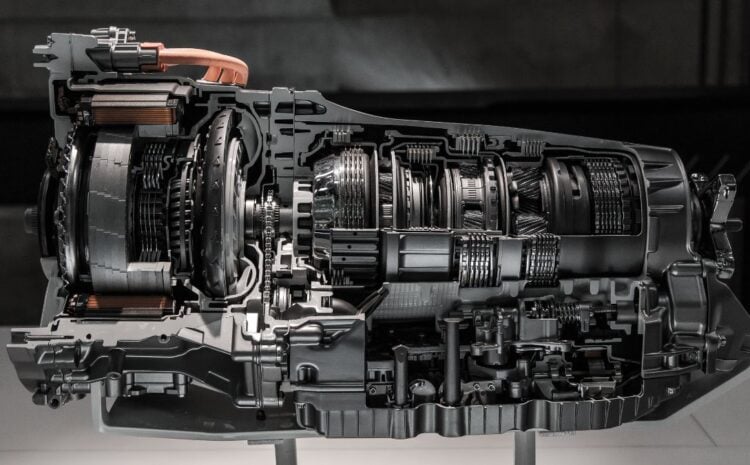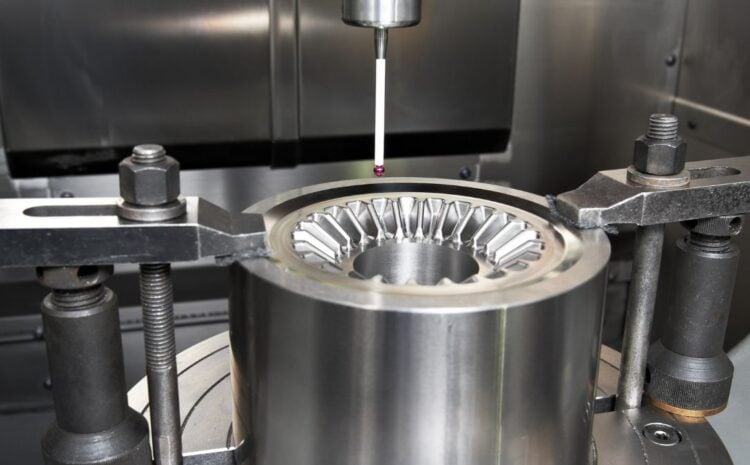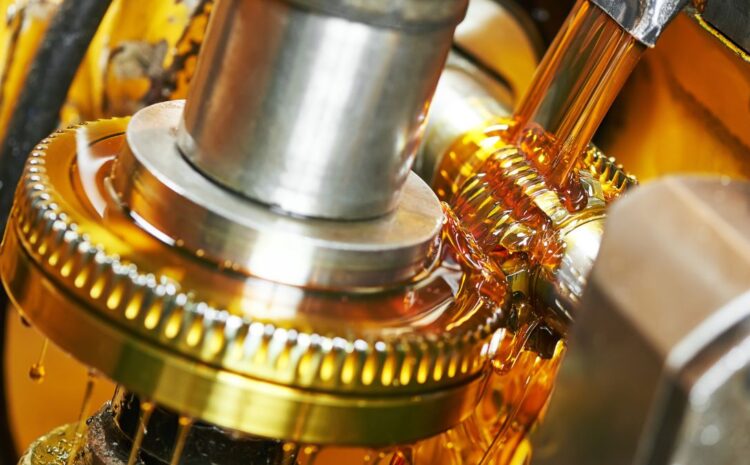Introduction:
Due to their ability to transmit power between various parts and modify the speed, torque, or rotation direction of the output, gearboxes are essential parts of numerous machines and systems. However, in order to perform at their peak and avoid unexpected failures, gearboxes require routine maintenance, just like any other mechanical component. The advice in this article will help you maintain your gearbox and prevent expensive downtime.
Understanding Gearboxes:
Each type and size of the gearbox is created for a particular application. Planetary, spur, helical, and bevel gearboxes are a few examples of popular gearbox designs. Input and output shafts, gears, bearings, and seals are some of the basic parts that all gearboxes share, despite their variations. You can spot potential issues and carry out efficient maintenance by being aware of how these parts interact.
Unusual noises, leaks, overheating, vibration, and difficulty shifting gears are a few indications that a gearbox is malfunctioning. It’s critical to look into any of these symptoms as soon as you can to stop further harm.
Tips for Gearbox Maintenance:
Inspections on a regular basis are essential to identify potential issues early. Visual inspections should be done on a regular basis to look for wear, damage, or leaks. Additionally, contaminants like metal fragments or water that can cause gear failure can be found through oil analysis. Additionally crucial is proper lubrication, which lessens wear and friction between components. Important things to think about include selecting the proper lubricant and lubricating at the appropriate intervals. Your gearbox’s lifespan can be increased by cleaning and flushing out contaminants. Use high-quality parts that adhere to the manufacturer’s specifications if repair or replacement is required.
Techniques for Gearbox Maintenance:
Oil changes are an essential part of gearbox maintenance, and it’s vital to use the right oil for your gearbox type and operating conditions. Bearing maintenance is also important to ensure proper alignment and lubrication. Inspecting and cleaning bearings regularly can prevent overheating and failure. Sealing maintenance is critical to preventing leaks and contamination, and it’s crucial to replace seals as soon as you notice any signs of wear or damage.
Common Gearbox Problems and Solutions:
Gear wear and damage can occur due to several factors, including improper lubrication, overloading, or misalignment. Solutions to these problems include proper lubrication, reducing the load, and realigning the gearbox. Misalignment can cause premature wear and damage to the gears and bearings, and it’s essential to address this problem early to avoid costly repairs. Bearing failure can cause vibration, overheating, and damage to other components, and regular maintenance can help prevent this issue. Overheating is another common problem, and it can occur due to improper lubrication, contamination, or overloading. Solutions to overheating include proper lubrication, cleaning and flushing, and reducing the load.
Conclusion:
Gearbox maintenance is critical to keep your machines and systems running smoothly and prevent costly downtime. Regular inspections, proper lubrication, cleaning and flushing, and repair or replacement when necessary are all essential factors to consider. By following these tips and techniques, you can extend the lifespan of your gearbox and prevent costly failures. Remember, a well-maintained gearbox is essential for the optimal performance of your machines and systems.



